Getting a Handle on Your Weeds
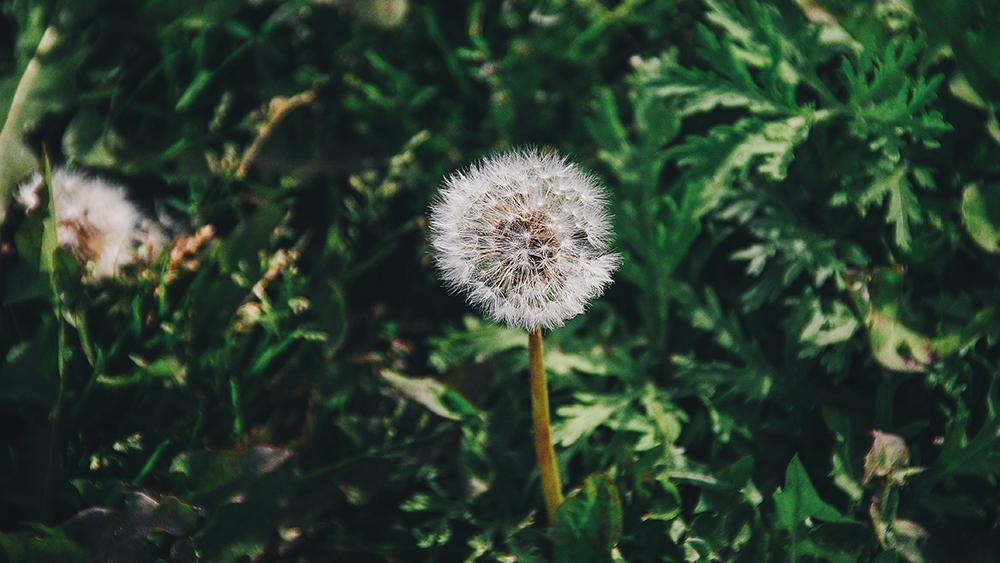
> Types of weeds
> Life cycle of weeds
> How to identify weeds
> Managing weeds
> What to do when you already have weeds
> What you should know about weedkillers
> How to prevent weeds
Weeds are generally defined as any plant growing in a place where you don’t want it, or a plant that is undesirable, unattractive, or troublesome. No matter what definition is used, weeds are plants whose undesirable qualities outweigh their good points. Weeds are naturally strong competitors and can dominate other plant species.
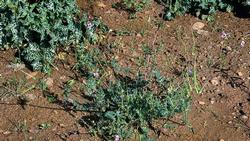
Types of weeds
Life cycle of weeds
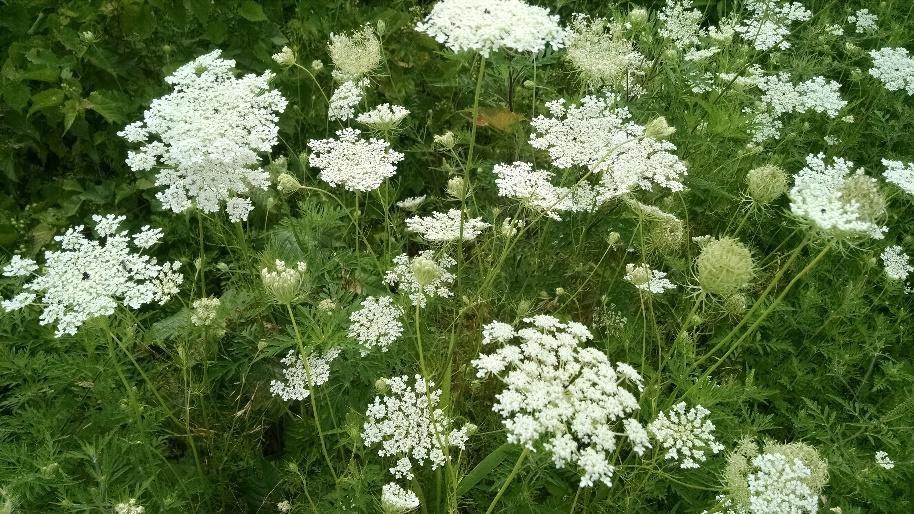
It is helpful to understand the life cycles, growth, and reproduction of individual types of weeds in order to effectively manage them.
Annual weeds - a plant that germinates, flowers, sets seed, and dies within a single year. All annuals spread only by seed.
There are two types of annual weeds:
Biennial weeds – a plant that usually lives for two years. In the first year seeds germinate and grow without flowering. The plant flowers and dies in the second year. Examples: Queen Anne's lace (wild carrot), evening primrose, and common mullein.
Perennial weeds - a plant which lives for many years and does not die after flowering. All perennials have underground parts that store food over the winter and allow them to reemerge in the spring.
There are two different types of perennial weeds:
How to identify weeds
The UC IPM Weed Photo Gallery includes many, though not all, weed species commonly found in California landscapes. You can simply look for a photo that matches the weed you want to identify. You can also use the UC Weed Identification Tool. It is a stepwise process that asks questions about the weed you want to identify and provides a list of the “most likely” weeds based on your answers.
Managing weeds
If your weed management approach is “let them be,” knowing they’ll eventually die back, think again. Some weeds are aggressive and invasive; tops may die down, but roots remain alive until conditions are right for them to grow. Many spread by seeds; that one little dandelion plant in your lawn can produce nearly 2,000 seeds during a single growing season!
What to do when you already have weeds
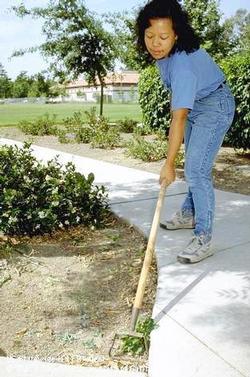
Pull while the soil is still moist – as soil dries out it tightens its grip on roots. Irrigate a day or two before you start pulling.
Yank them out before they develop seeds - if you’ve got tall weeds and can’t pull them, use a string trimmer to cut them down before they flower.
Get the whole thing, roots and all – grab the weed close to the ground, twisting the plant slightly as you remove it. Leaving even a portion of the roots is enough for them to regrow, especially those with deep taproots like dandelions, or the lengthy stubborn roots of bindweed.
Use tools for difficult spaces – an old screwdriver can help pry out those nasty ones shooting up between pavers or in the cracks of a driveway. For areas blanketed with tiny weeds, try a stirrup/hula hoe. Push and pull the hoe just under the soil surface to loosen weeds for easy removal.
Sheet compost – after cutting weeds back and moistening the area, place a layer of cardboard topped with a thick layer of compost and/or mulch. This process takes a few months to complete, but it can simultaneously eliminate weeds and improve soil quality. It can be used for a small patch of weeds or a large area. Learn more here.
Woody or invasive weeds like poison oak and wild blackberries may require more aggressive tactics. Here’s more information on managing woody invaders.
What you should know about weed killers
Consider using a weed killer ONLY as a last resort. Herbicides (weed killers) are pesticides designed to control undesirable plants.
The main types of herbicides include:
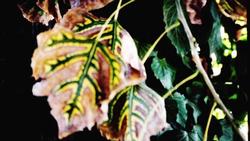
When using any herbicide, follow label directions precisely. Otherwise, products may fail to control the weeds, damage desirable plants, or limit your ability to replant in that area. Applying too much herbicide in an area also wastes money and can lead to it running off site and contaminating creeks and streams. Weed Control Using Herbicides provides information on types of herbicides and the plants they are formulated to control. Learn more about handling pesticides and their safe disposal before using them.
How to prevent weeds
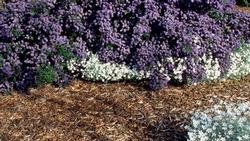
Block their growth by covering open areas with landscape fabric (weed block) and topping it with soil or mulch. Water and air gets through, but weeds can’t easily penetrate the barrier.
Crowd the weeds out by planting densely; keep ample space for air circulation, but minimize exposed soil.
Mulch, mulch, mulch! Cover the surface of soil with two to four inches of organic material such as fir bark or wood chips.
Deprive them of water. Water the plants you want, not the bare soil around them. Deprive weed seeds of moisture they need to germinate by using drip irrigation.
Here is more detailed information about managing weeds in your landscape or lawn.
